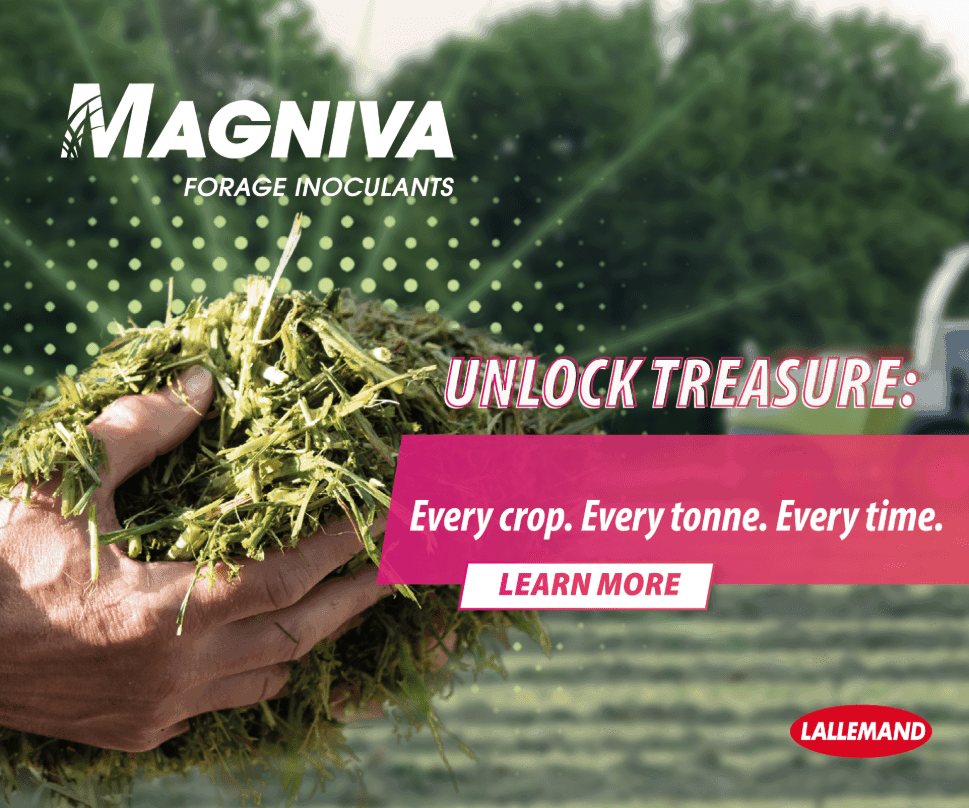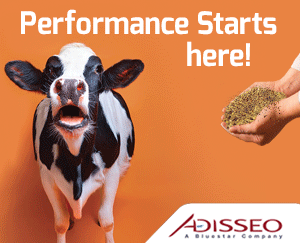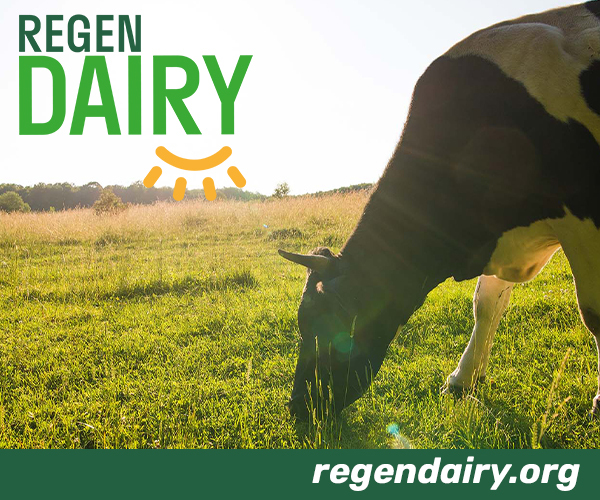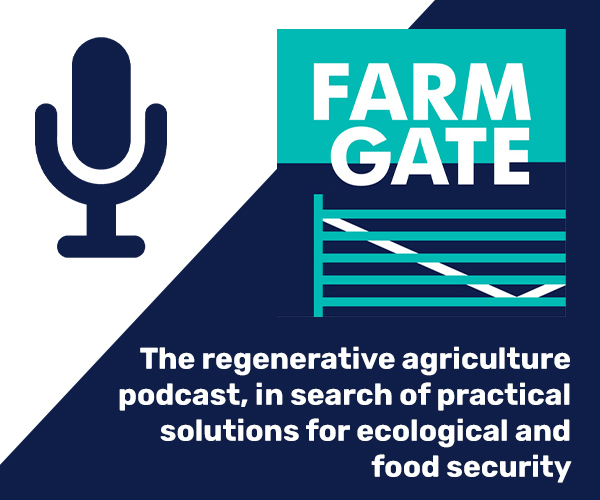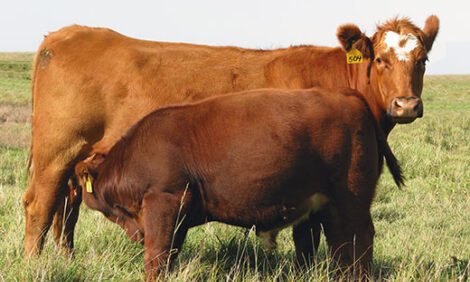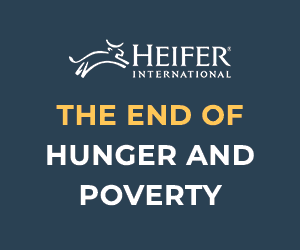



Cutting Red Tape For Feedlots
AUSTRALIA - The Western Australia Department of Agriculture and Food has supported the State’s cattle industry in helping to streamline approvals for the development of new feedlots.Appoval times have on average been reduced from 18 months to nine weeks.
Department Beef Feedlot project coordinator Claire Coffey said environmental safeguards had become increasingly complex though the National Beef Cattle Feedlot Environmental Code of Practice.
“Working with the industry regulator, the Department of Environment and Conservation (DEC), the department has streamlined the approval process for new feedlots, saving time, stress and cost,” Ms Coffey said.
The department has been working with 13 feedlot projects from Geraldton to Esperance. Licence applications have had a 100 per cent success rate due to the department’s expertise and knowledge in managing the impacts of point source pollution such as odour and waste water, and the intricacies of WA’s regulatory processes.
Ms Coffey said recent dry seasons were encouraging more of the cattle industry to look at lot feeding instead of traditional grass finishing. This was helping to provide consistent supplies of quality meat for consumers.
The Beef Feedlot Environmental Management Working Group, comprising DEC, the Department of Agriculture and Food and the WA Lot Feeders Association is making sure that proposed new national guidelines are practical and workable.
“Because this is a new field, local private sector consultants were not available, hence the department’s move to help,” Ms Coffey explained.
“We first identified the industry gap in 2009 and have worked with DEC to create a streamlined and consistent works approval process while assisting industry with applications to expand or build new feedlots. We are now actively seeking private sector consultants who can provide the service.”
Lot Feeders Association committee member Todd Fotheringhame has been working with the department in planning a new feedlot that will eventually hold up to 5000 cattle. This will replace a smaller operation where young cattle are brought in for two to three months before sale to a supermarket chain.
“When establishing our original feedlot, regulations were few, but these are now quite complex,” Mr Fotheringhame said. “But working through the process with the department has made it easy and quick to complete.”
TheCattleSite News Desk


